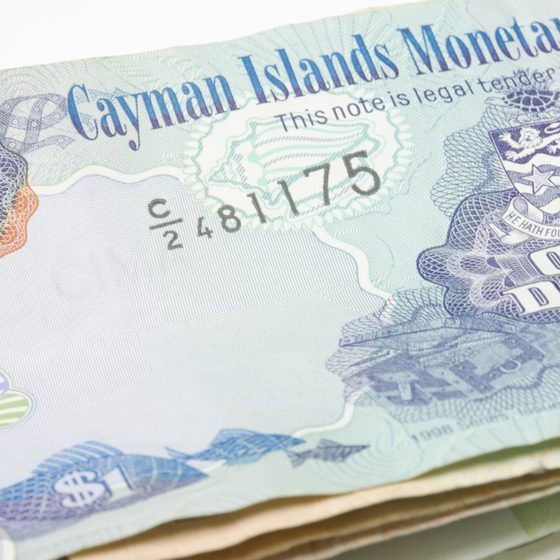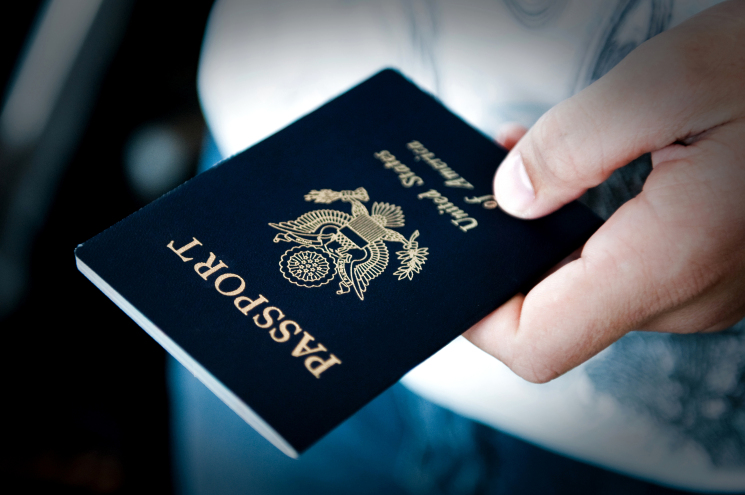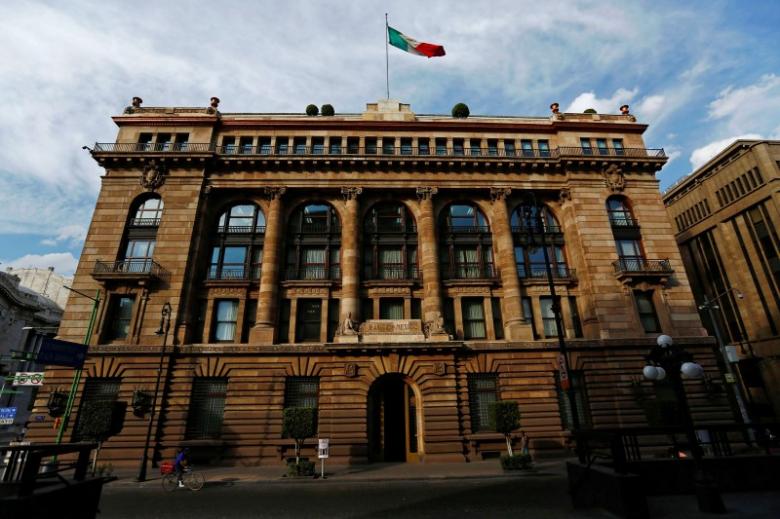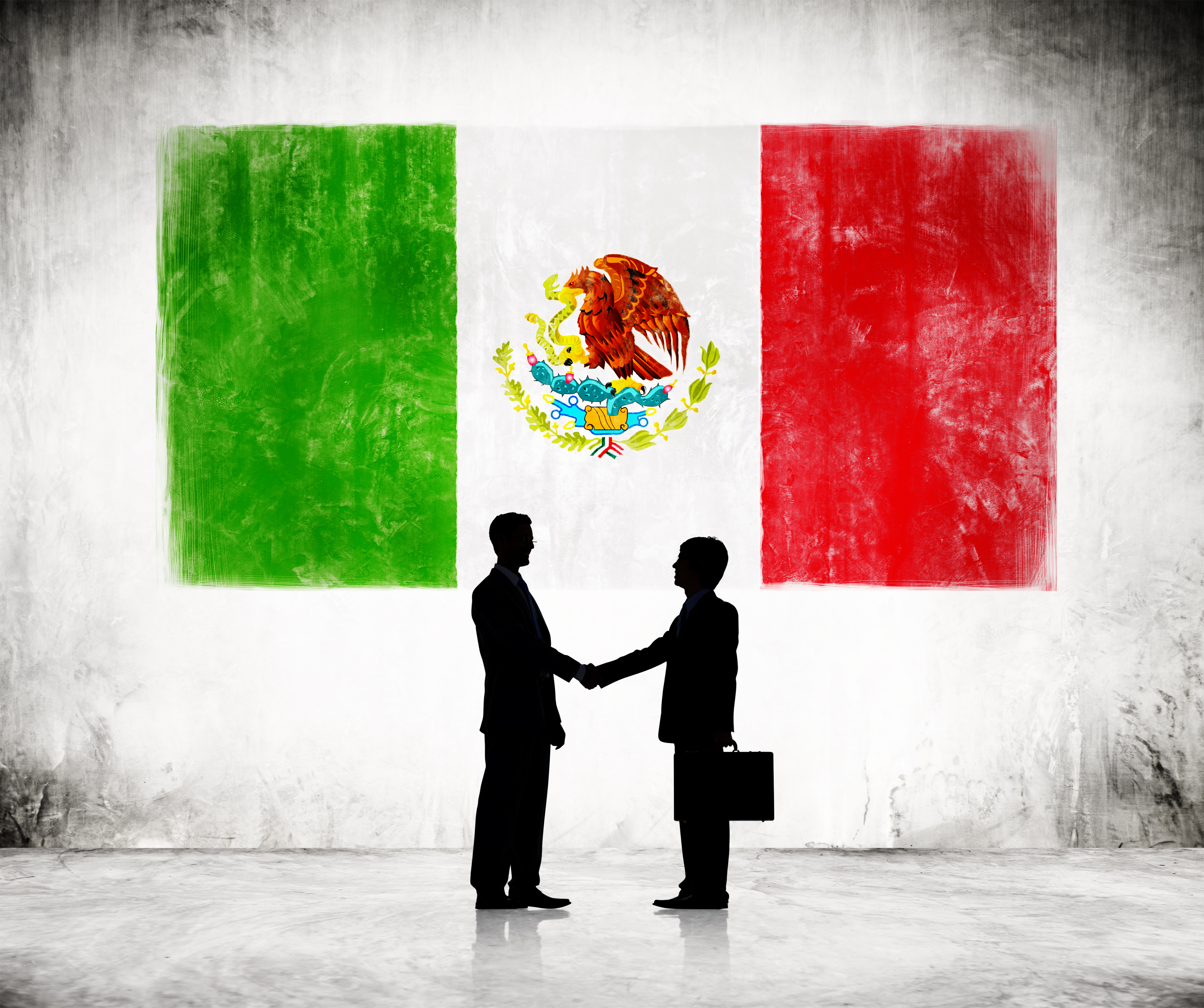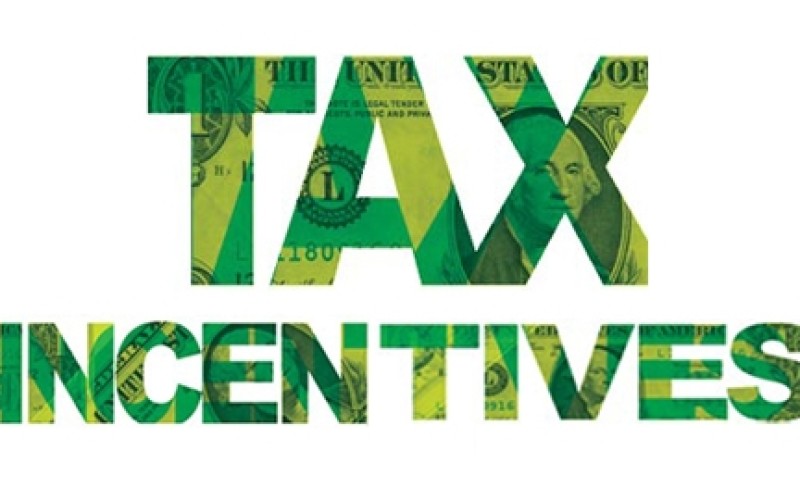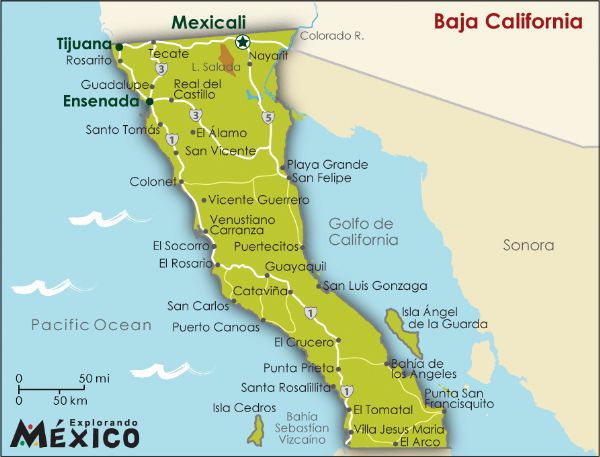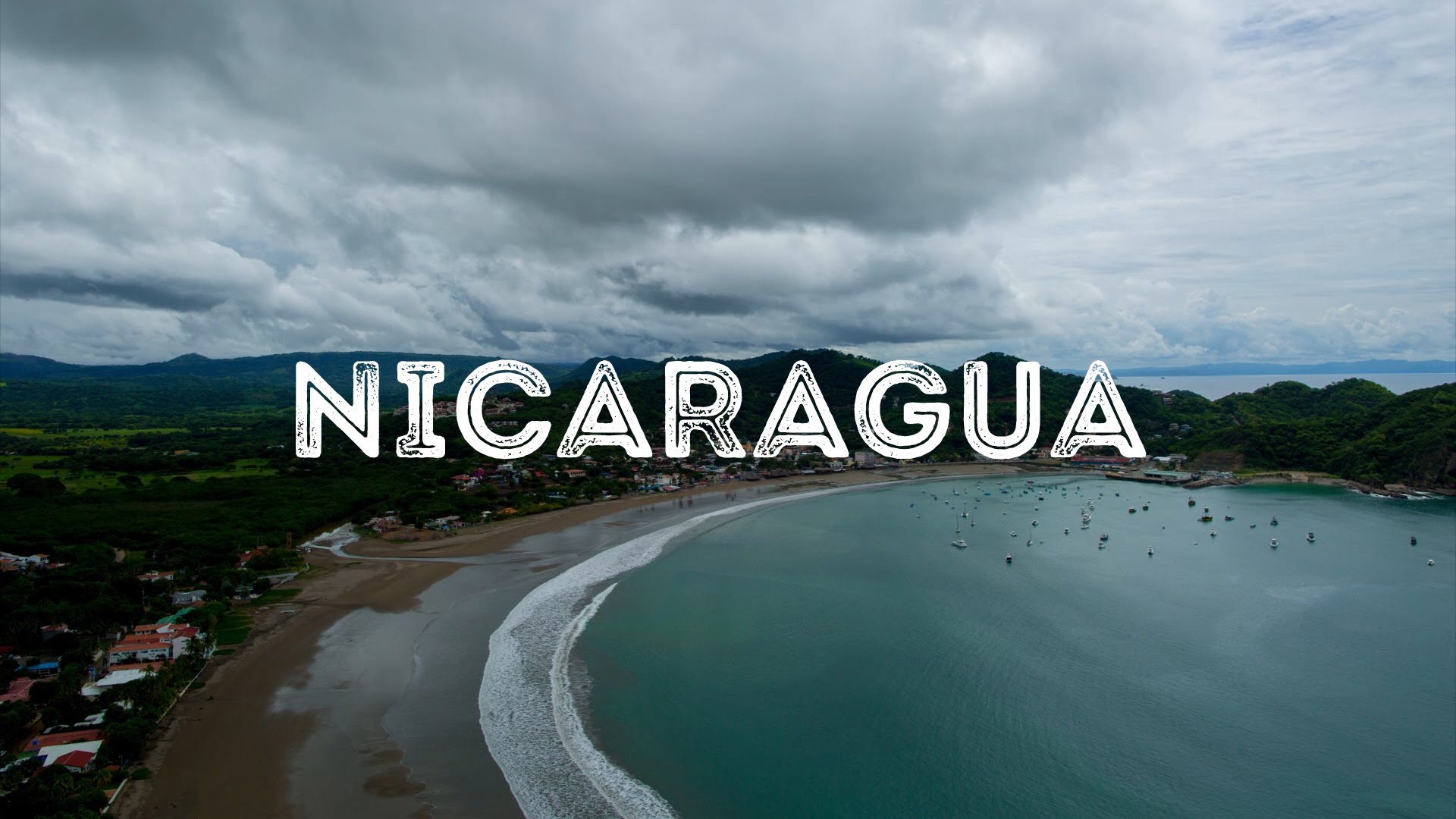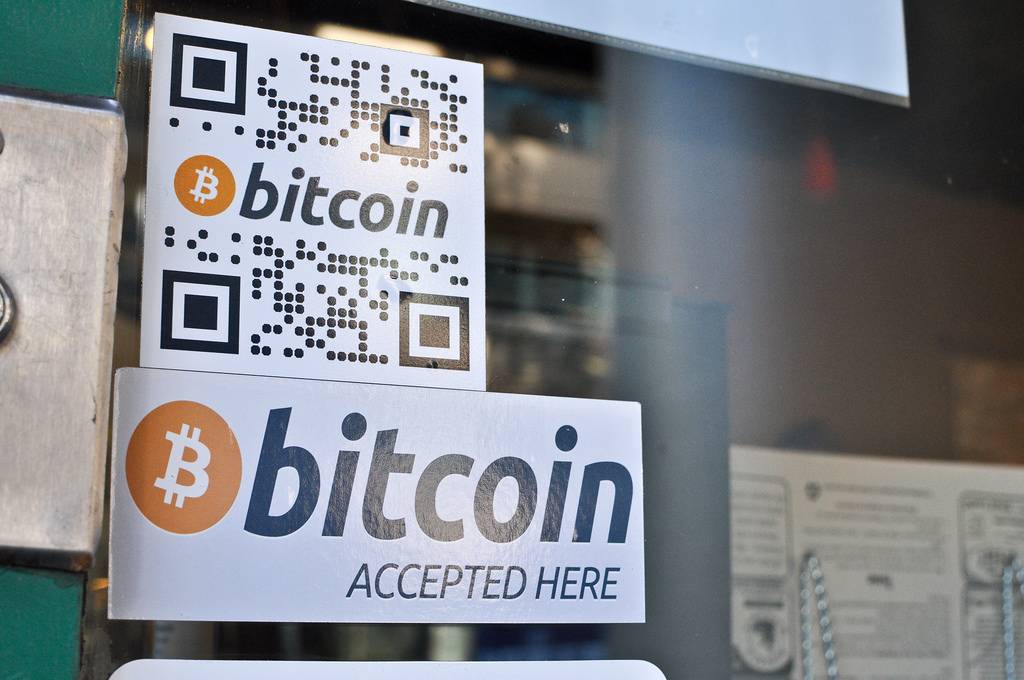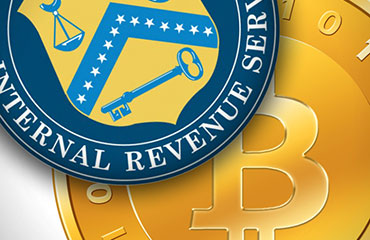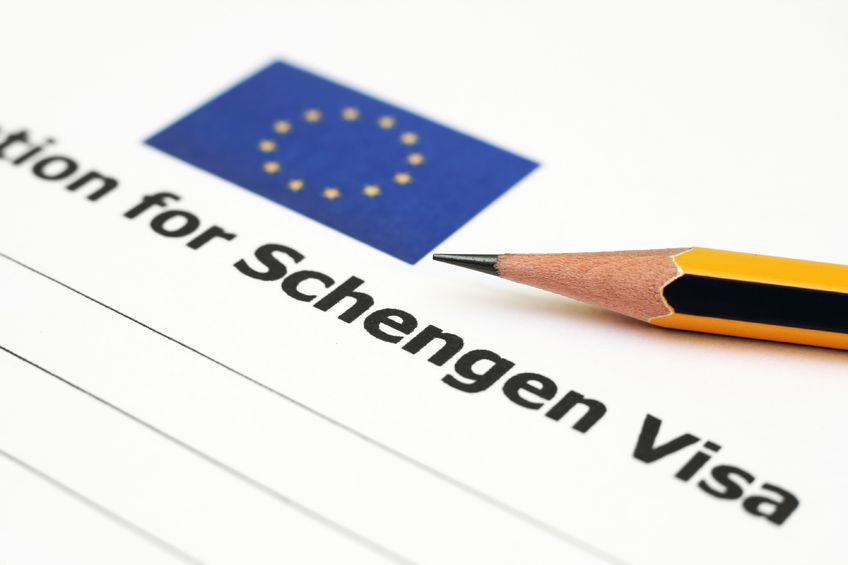Why you should issue an ICO in Cayman Islands
The top two jurisdictions for ICOs in 2018 are the Cayman Islands and Switzerland. Most companies focusing on the EU and UK markets issue from in Switzerland and those from Asia and the Americans will be in Cayman. Here’s why you should issue an ICO in the Cayman Islands.
I chose Cayman to write about because it’s the jurisdiction of the largest ICO in history. As reported in Business Insider on December 20, 2017, Block.one, a software startup registered in the Cayman Islands had sold $700 from tokens, called EOS, in an initial coin offering. The Block.one ICO is still the largest ICO ever.
I also recommend Cayman because of the connections to China. When a large Chinese company, such as Alibaba, issues an IPO in the United States, they do it through a Cayman Islands subsidiary. It’s natural for these companies to issue through Cayman.
Let me start by noting that all ICOs from the Cayman Islands will be regulated. As such, they must comply with international laws.
- That this article is focused on ICOs. Cayman is also the preeminent jurisdiction for cryptocurrency funds, that’s a story for another day.
For example, if you want to sell into the United States market, you must follow all SEC rules. For most, this means offering only to accredited investors and enforcing a lockup period. For others, this will mean registering in the US, much like an IPO. The Cayman Islands will expel any company that doesn’t follow international laws.
In this article, I am focused on ICOs where the buyers receive a share of the profits of the business. A form of business funding that the SEC and others consider the equivalent of selling shares.
An ICO is an alternative method of fundraising for a project on the blockchain or startup business. Tokens, which give the buyer some share of the business, or the profits of the business, is exchanged for fiat currency.
In contrast, a use token gives the buyer a right to a product or to use the service. For example, if Uber had sold tokens to raise money, those tokens would give buyers a certain number of rides on the service.
A use token is not a regulated investment while an ICO is akin to selling shares of stock and treated as an IPO in most countries. Most ICOs have been pushed offshore while the sale of use tokens can be done from the United States.
ICOs have flourished in Cayman, even though the government has yet to issue regulations or guidance. In contrast, it seems that Switzerland will issue regulations in the near future.
In my opinion, Cayman is one of the two a hotspots for quality ICOs because of its long history as a leading international finance center. The government and regulators are seen as top notch… business friendly with an eye to compliance and global acceptance. Regulators are sure to support this business-friendly climate while safeguarding the reputation of the jurisdiction by meeting international KYC, AML and compliance standards.
When planning an ICO in the Cayman Islands, your council must consider the following statutes:
- The Money Services Law
- The Securities Investment Business Law
- The Proceeds of Crime Law, Anti-Money Laundering Regulations and existing guidance notes
- The Mutual Funds Law (applicable to cryptocurrency funds)
- FATCA and the Common Reporting Standards
- Beneficial Ownership Regime
- Electronic Transactions Law
The focus of Cayman regulators will be in KYC and AML compliance, as well as watching out for Securities issues (for example offering tokens in the US to non-accredited investors). The bottom line is that regulators are looking for anything that could give the island a black eye on the world stage.
For these reasons, Cayman is competing with Switzerland for the top crypto ICO jurisdiction. Note that I’m talking about where the ICO is issued and not where the business is operated from. Very few, if any, ICOs operate from Cayman. The only exceptions might be those in the tax-free zone. For more on tech startups operating from Cayman, see: Move Your Internet Business to Cayman Islands Tax Free.
Even Cayman cryptocurrency funds are being run from outside. The best tax system for Cayman crypto funds is to operate as an Act 273 International Financial Entity in Puerto Rico. But, because of the startup costs, this is limited to larger funds. Setup might cost $150,000 and capital required is $550,000.
Most of our clients in Cayman use a two company structure. One in their low tax and low-cost country of operations (such as Panama or Mexico) and one in their country if issuance (Cayman Islands). Those in Mexico typically add a company in a low tax country like Panama to manage their Mexican tax issues.
ICO issuers often exclude buyers from their country of operation. For example, a business issuing from Cayman and operating from Panama might not sell tokens to citizens or residents of Panama. When operating from Mexico, they might only offer tokens to accredited investors (any person with annual investments in securities of $458,000 USD or with an annual income of $152,000 USD). For more on Mexico, see: Fintech and Cryptocurrency Law in Mexico.
URGENT NOTE: Before you consider an ICO in the Cayman Islands, please read through this post: The Offshore ICO Scam and Cayman Islands Corporations.
I hope you’ve found this article on why you should issue an ICO from the Cayman Islands to be helpful. For more information on issuing anICO from Cayman or Switzerland, please contact me at info@premieroffshore.com or call us at (619) 483-1708. We’ll be happy to assist you to build your structure, draft your offer documents, and issue the ICO from a top jurisdiction,

